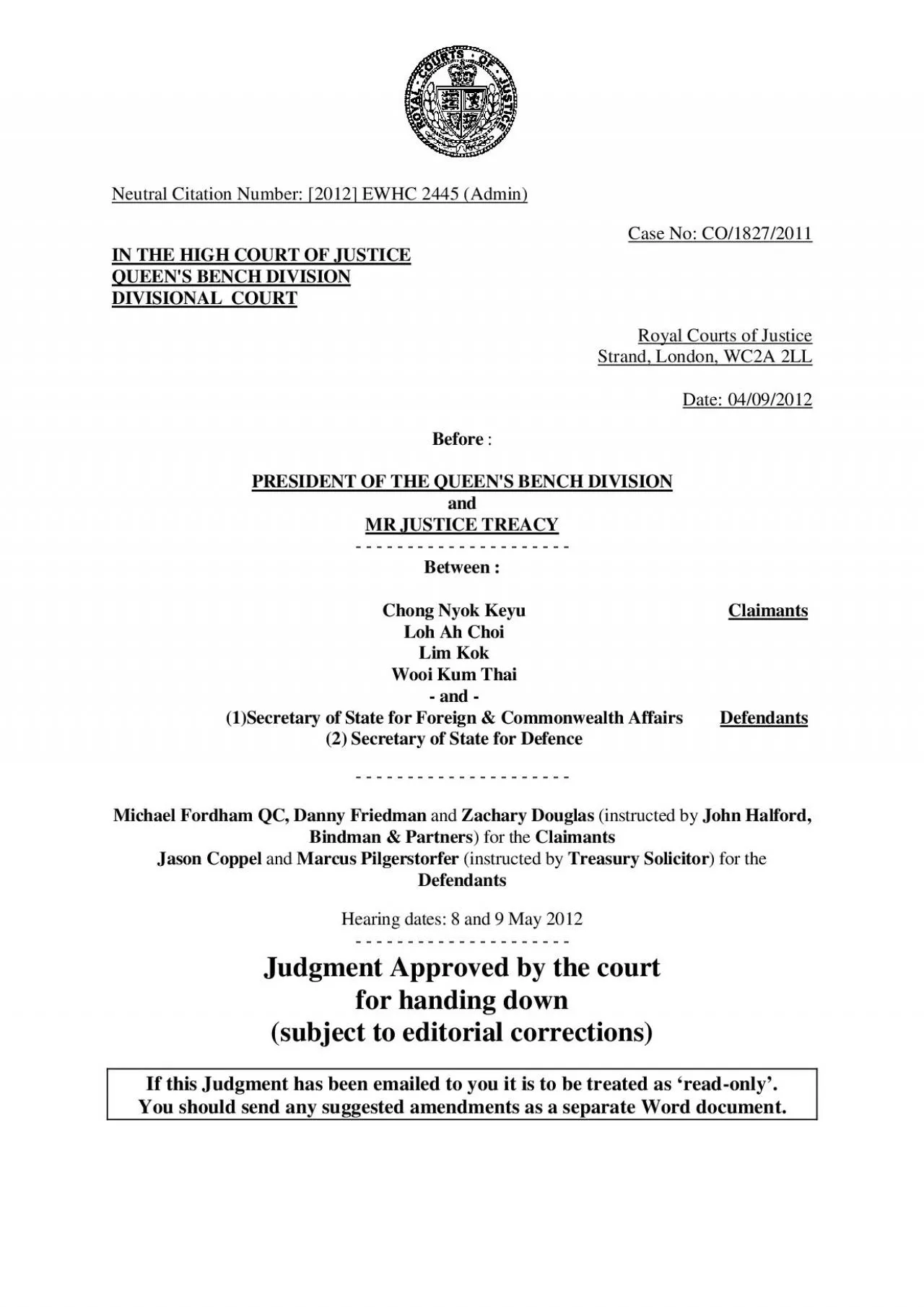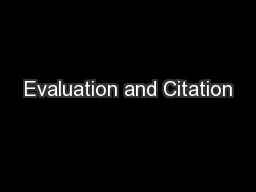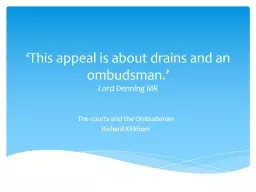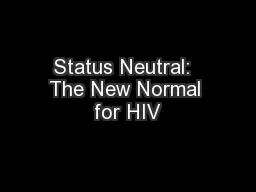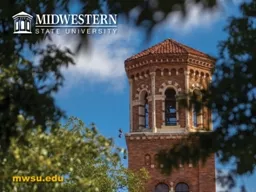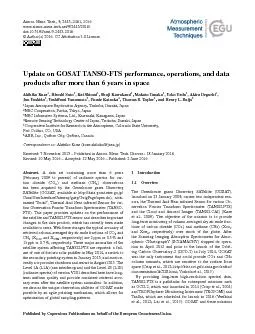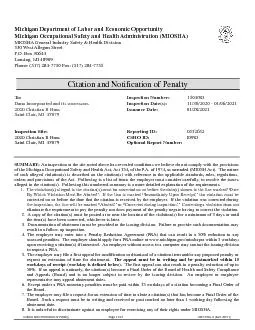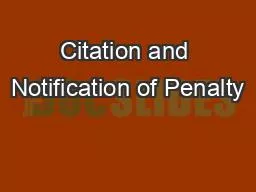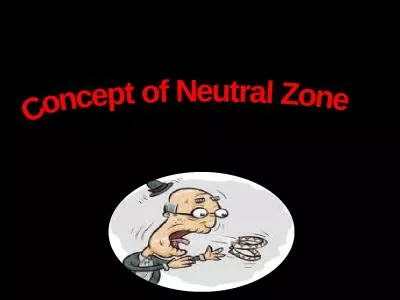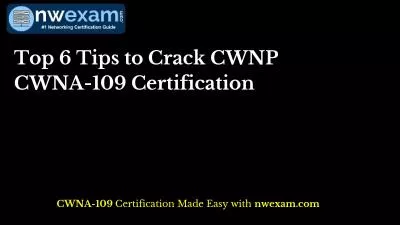PDF-Neutral Citation Number 2012 EWHC 2445 Admin
Author : mary | Published Date : 2021-09-09
Case No CO18272011IN THE HIGH COURT OF JUSTICEQUEENS BENCH DIVISION DIVISIONAL COURT Royal Courts of JusticeStrand London WC2A 2LL Date 04092012BeforePRESIDENT OF
Presentation Embed Code
Download Presentation
Download Presentation The PPT/PDF document "Neutral Citation Number 2012 EWHC 2445 A..." is the property of its rightful owner. Permission is granted to download and print the materials on this website for personal, non-commercial use only, and to display it on your personal computer provided you do not modify the materials and that you retain all copyright notices contained in the materials. By downloading content from our website, you accept the terms of this agreement.
Neutral Citation Number 2012 EWHC 2445 Admin: Transcript
Download Rules Of Document
"Neutral Citation Number 2012 EWHC 2445 Admin"The content belongs to its owner. You may download and print it for personal use, without modification, and keep all copyright notices. By downloading, you agree to these terms.
Related Documents

